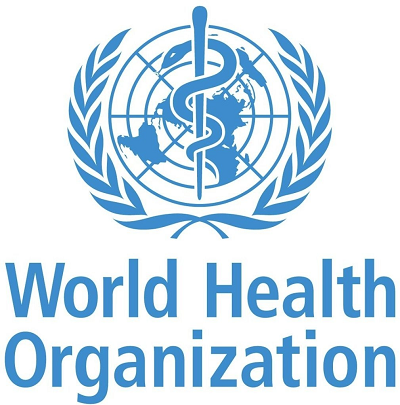The shores of Italy have been inundated with migrants lately, and it reached a breaking point this week when nearly 7,000 people arrived on the island of Lampedusa in
less than 24 hours.
On Wednesday, the tiny Italian island located to the south of Sicily was overrun with a flotilla of around 120 flimsy boats that made their way from Tunisia. Witnesses said that it almost looked like a procession, with boat after boat coming in. All told, around 6,800 migrants arrived in under a day, which is a few hundred people more than the full-time population of the island.
The influx posed logistical problems for authorities; the only migrant residence on the island has just 450 beds. Authorities attempted to send them to Sicily and Southern Italy via ferry as they tried to figure out what to do next and how to provide so many people with basic services.
While the country usually tightly controls the
movements of migrants who have just arrived on their shores, the reception center was overwhelmed and some people managed to slip away, with sightings of migrants reported all over the island and migrants seen in news footage climbing over walls. Some locals reported that the migrants were starving, with some getting on their knees to beg for food.
Italy’s Deputy Prime Minister, Matteo Salvini, said that “it is not a spontaneous phenomenon, it is a declaration of war on Europe.” He added that the situation has the potential to “collapse Italian society as a whole.”
He said that mass migration from Africa to Europe is being facilitated by human trafficking organizations and other criminal groups and accused Europe of abandoning Italy and failing to help protect its borders. He said the country needs to act on its own to protect national security and strengthen migration regulations.
The frustrated mayor of Lampedusa, Filippo Mannino, echoed his concerns. He complained that the EU has left Italy to handle the influx of migrants on its own, accusing the bloc of being silent on the issue and calling for a structural solution.
Meanwhile, the UN refugee agency UNHCR's Italian representative, Chiara Cardoletti, warned the situation in Lampedusa had become “critical” and that moving people off of the island should be “an absolute priority.”
Although Italy has made a
repatriation agreement with Tunisia under which those found ineligible for asylum can be returned, the same is not true of most of the other nations whose migrants enter Italy.
Migrant influxes reported across Southern Europe this summer
The Italian Interior Ministry reports that more than 120,000 migrants have arrived in the country this year so far, 11,000 of which were unaccompanied minors. This is nearly double the number of migrants seen by this point last year. The country has been contending with a big surge in migrants from Sudan, South Sudan and Eritrea in particular this summer.
However, Italy isn’t the only country that is experiencing an immigration crisis. While Lampedusa is the first port of call for many of the migrants who want to relocate to the EU, the Central Mediterranean in general has been seeing growing numbers of migrants. Spain reported that the number of migrants arriving in the Canary Islands more than tripled to nearly 3,000 people during the first half of September, citing instability in Senegal as one of the reasons for the influx.
France’s Interior Minister announced earlier this week that
they were seeing more migrants due to the destabilization of Tunisia and Libya; many of those who arrive in Lampedusa and are transferred by authorities to the mainland attempt to cross into France.
Sources for this article include:
RMX.News
EuroNews.com
APNews.com
 Parler
Parler Gab
Gab










